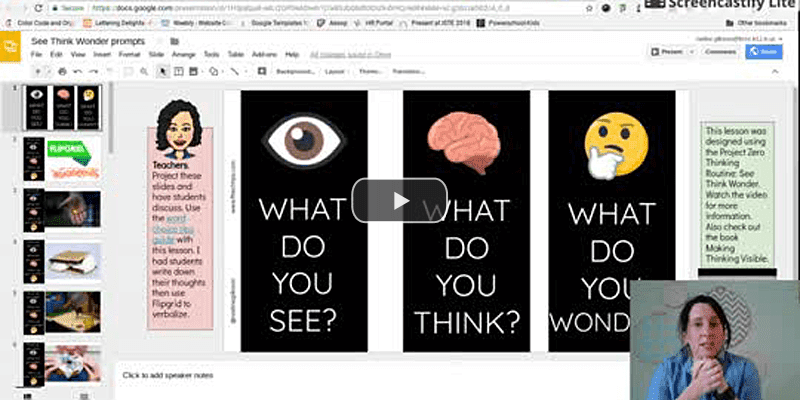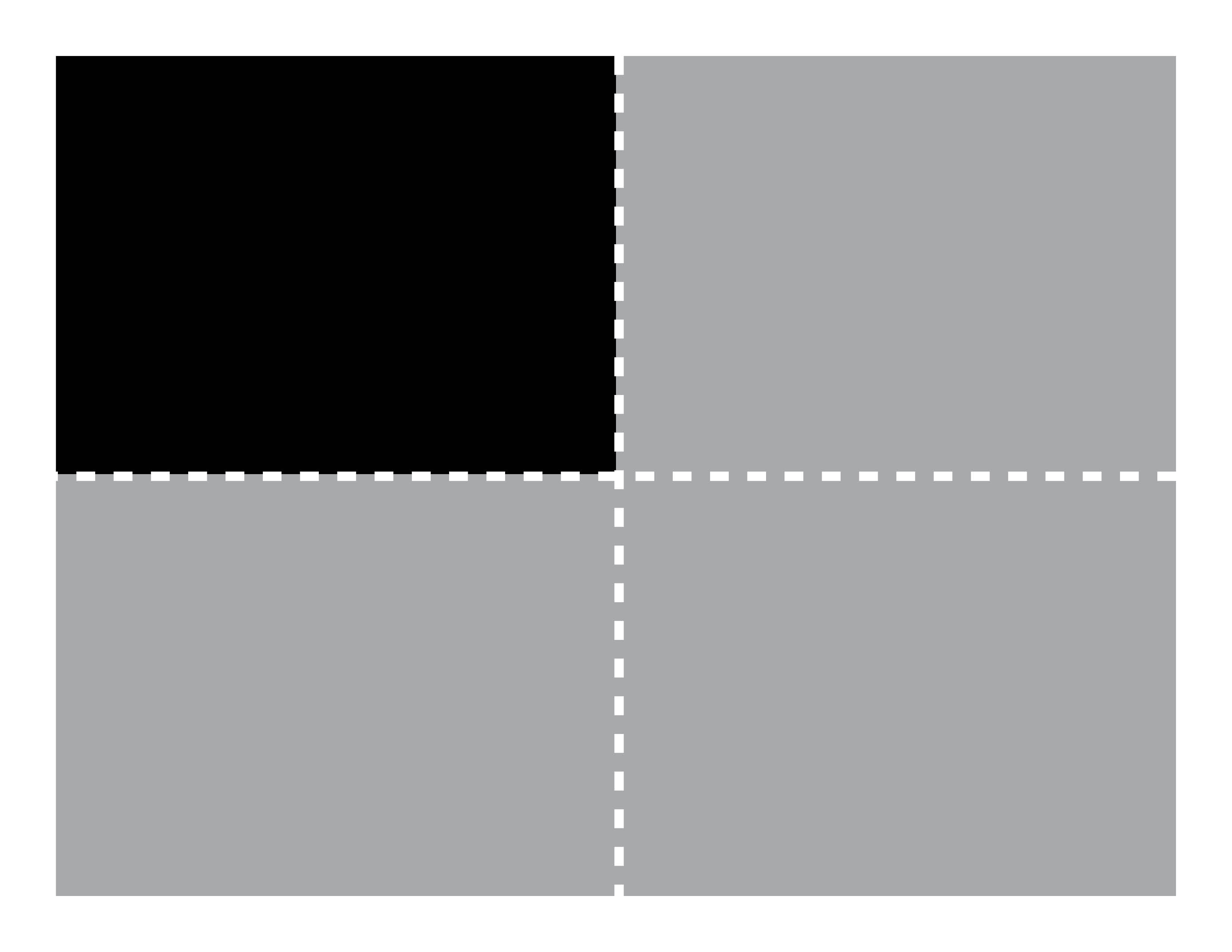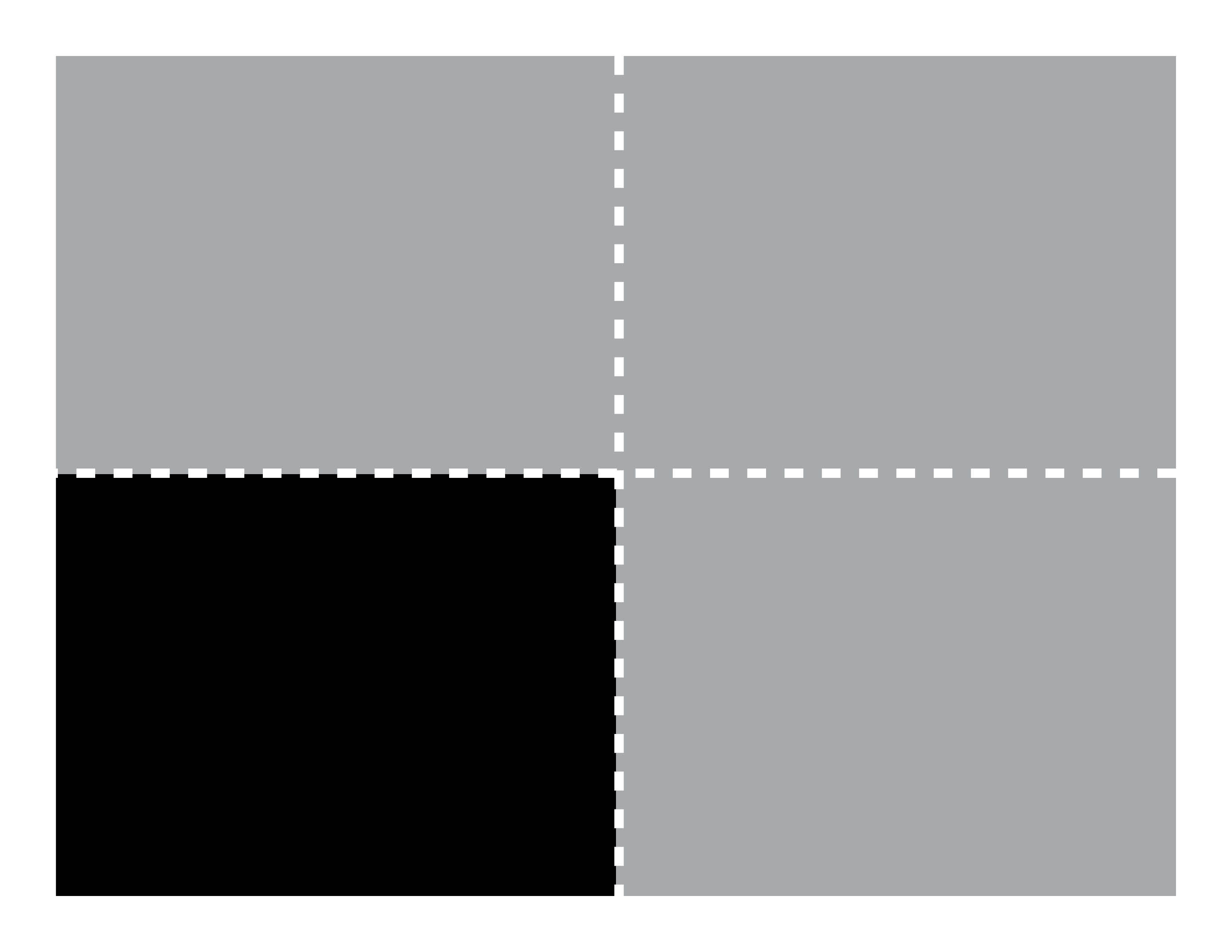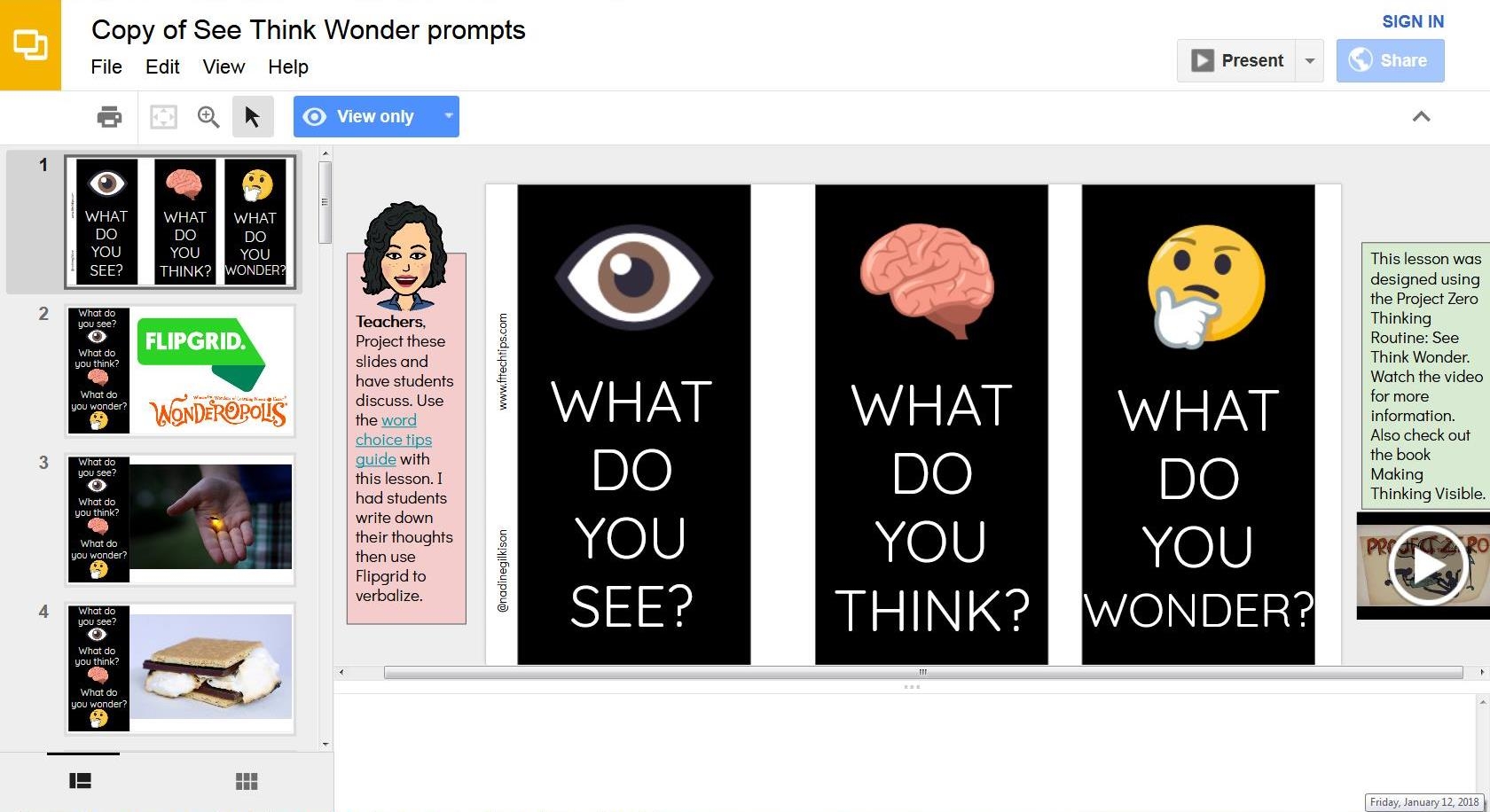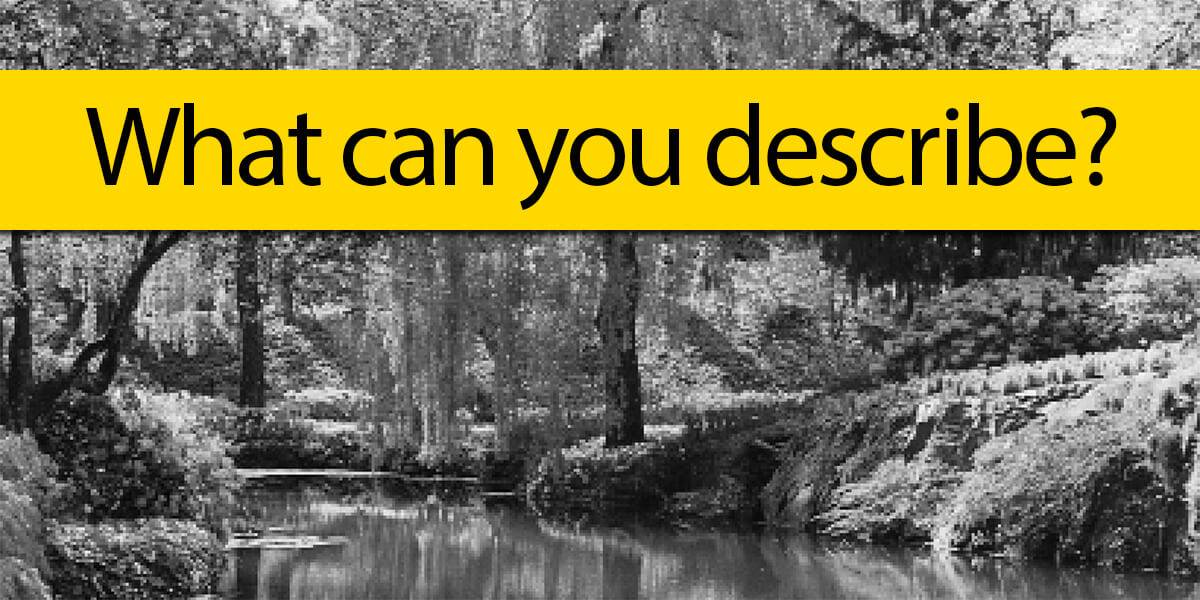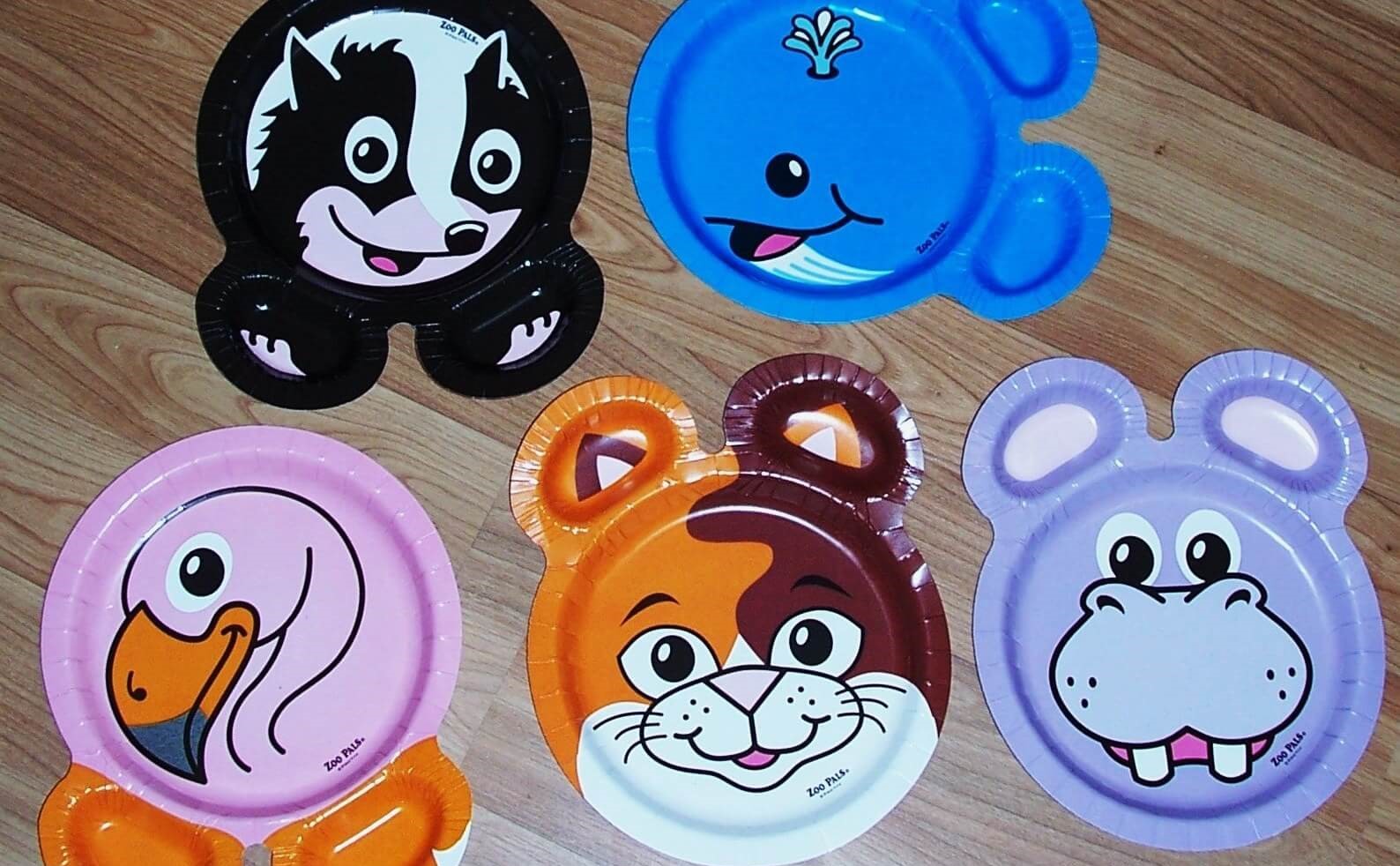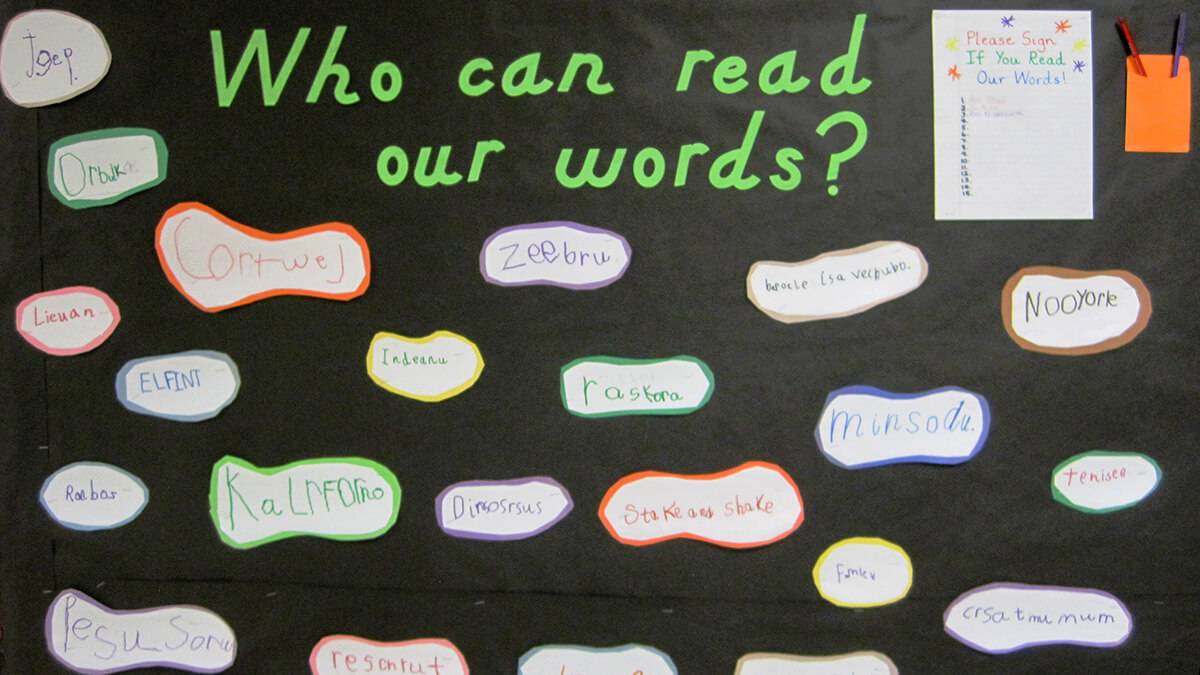Learning Center
writing
Push students beyond obvious descriptions
january 15, 2018
Strong descriptive writing requires that students do more than just identify a scene for their readers. They need instruction on how to carefully study and deeply think about a subject in order to bring it to life with precise word choice.
If shown a picture of a firefly, most students simply state I see a firefly or I see a lightning bug. However, if the right questions are applied, students can dig deeper, see more, and generate vivid descriptions. Using embedded photos within the See, Think, Wonder prompt resource, guide students to develop a strong description using the following three-step process.
1. What do you see?
Encourage students to lean in and notice smaller, close-up details within the photo. How would you describe the (subject)? Size? Color? Shape? Where is the (subject)? What is the (subject) doing? What is the time of day? How does the (subject) feel? Break it into quadrants and look at a portion, one at a time.
As students provide answers to these questions, challenge their word choice. Through collaborative discussions, fine-tune their suggestions, looking for the most precise words and vivid phrases. The growing list of details are then crafted into a sentence: I see a glowing lightning bug resting on the palm of someone’s hand at dusk.
2. What do you think?
Like all texts, the reader/viewer may experience text-to-self connections when studying a photograph. Ask students if they can remember a time when they caught fireflies. What details could be added to the descriptive sentence based on their own past experiences? Who were you with? Where were you? (For students who have never had such an experience, have them imagine the perfect scenario. Who would they want to be with? Where would they want to be? What would be the surrounding circumstances?)
Adding in these details offers the reader more information beyond what’s evident in the picture. It adds emotion, connection, memories; it adds life to the moment.
Reread the first part of the description. Then, include these new details: I see a glowing lightning bug resting on the palm of someone’s hand at dusk. I vividly remember chasing fireflies in the backyard of my grandparents’ house with my brother Stephen when we were seven and eight years old. As the sun was setting, my grandma Conway brought us glass jars to lure the lightning bugs for capture and lemonade to sip as we scampered across the yard.
3. What do you wonder?
If the “see” and “think” details capture the present, then the “wonder” questions push students to think beyond it. Ask students what about the picture, the subject, or the scene piques their interest. In the case of the lightning bug, What would they ask a lightning bug expert? What would they like to know about lightning bugs?
Spend time generating questions, and then click on the image. (The See, Think, Wonder prompt resource includes 24 photographs from Wonderopolis, each one linked to its Wonderopolis page.)
Read aloud the corresponding article on the website (or assign students to read it individually). They are looking for interesting facts and information (and possibly the answers to their “wonder” questions).
Then, once more, reread and add to the description, weaving in some of these new facts and details. I see a glowing lightning bug resting on the palm of someone’s hand at dusk. I vividly remember chasing fireflies in the backyard of my grandparents’ house with my brother Stephen when we were seven and eight-years old. As the sun was setting, my grandma Conway brought us glass jars to lure the lightning bugs for capture and lemonade to sip as we scampered across the yard. With fireflies being nocturnal, we learned that they sleep during the day. The insects are commonly found amid tall grasses close to the base of the plant.
Depending on the grade level, this activity could be a recurring one that progresses from whole-class participation to individual written descriptions.
- The class progresses through the three questions and pools their thinking. Then students participate in all-class description (with the teacher scribing it on the board). Or, using the details brainstormed as a class, students then each write an independent description.
- Pairs could study an image, answer the three big questions, and then produce a shared writing (or individual ones).
- With much instruction and practice, students could complete this activity during an independent literacy station where they are “reading” the visual text (i.e., photographs) and writing a detailed description of what is literal (i.e., “see” details) and what is implied (“think” and “wonder” details) within the scene.
For more technology tools and resources follow Nadine Gilkison (Technology Integration Specialist for Franklin Township Community School Corporation) @nadinegilkison on Twitter.

